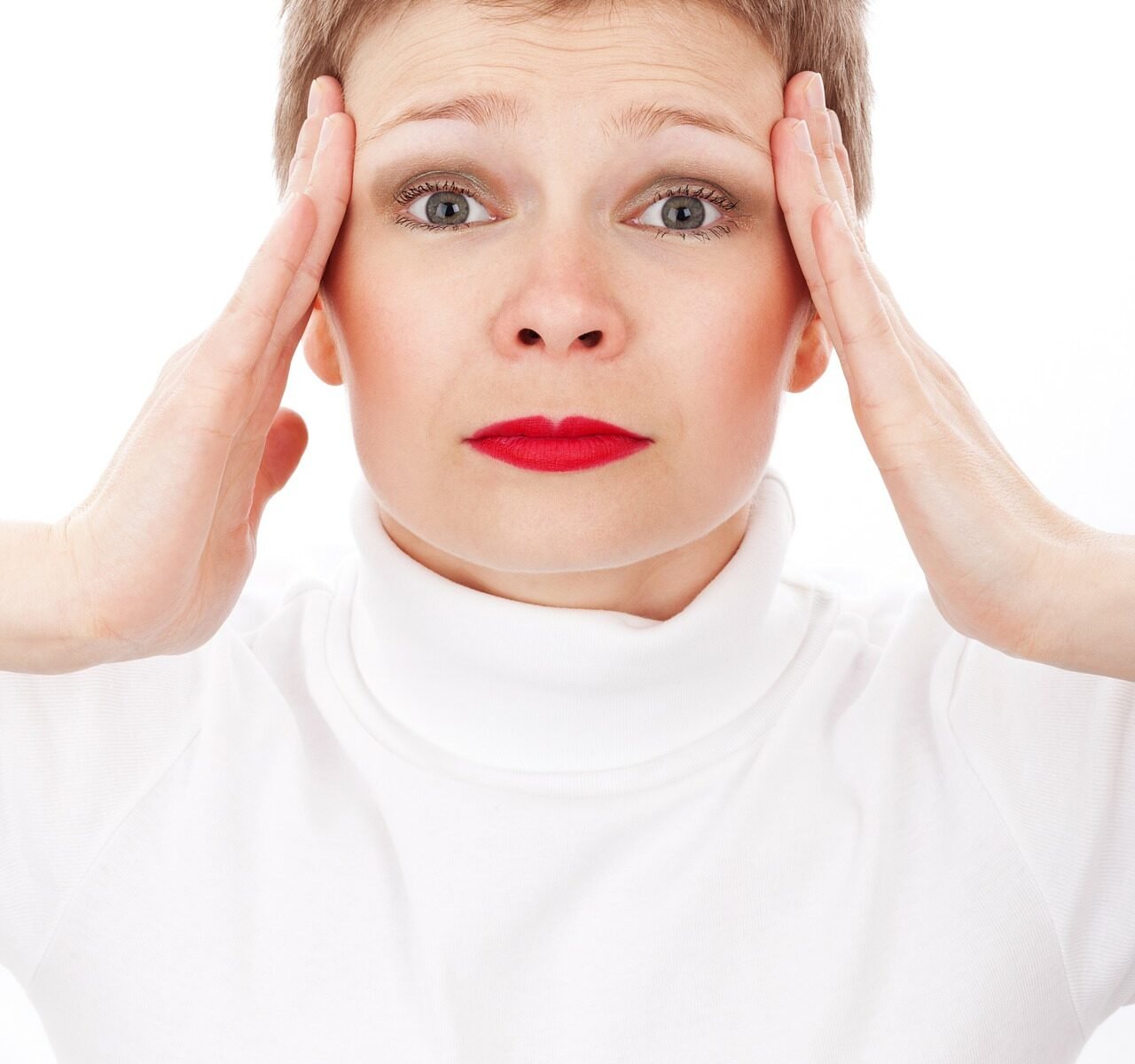Diet And Lifestyle Tips To Improve Memory
Most people have this notion that memory will fail or reduce in old age, but it’s not necessarily true. If your friends or family begin to question your memory or the ability to remember events of the past, you may find yourself in a challenging situation. Having confidence and a positive attitude in your abilities to remember things, events, names, situations, appointments, etc. Try the nutrition and lifestyle tips below to keep your memory and mental health in tip-top shape.

Health and Nutrition Tips To Improve Memory
| A well-nourished body will lead to a healthy and sharp brain, and vice-versa. Take care of your physical health first to help your brain health. Follow all the nutrition guidelines. That is, eat lots of green leafy vegetables as they are rich in vitamins and minerals, orange yellow fruits as they are rich in carotenoids and anti-oxidants, and whole grains as they are contain more fiber. Also, drink a plenty of water, up to 6 to 8 glasses per day. On the other hand, you should limit the amount of saturated fat, however ramp up on fish consumption or omega-3 supplements. |  |
| You want to make sure you are getting enough omega-3’s as healthy fats in your daily diet, which are essential to support brain health. Good sources for omega-3’s are salmon, flaxseed, or simply a fish oil supplement readily available in health food stores. |  |
| Dark chocolate may help improve brain functions. Dark chocolate consumed in moderation may not make you gain weight, but it helps force the brain to release dopamine which improves brain functionality and memory capacity. But very important, eat dark chocolates in moderation. |  |
| Red wine, in general considered good for heart health, may also help with brain health when consumed in moderation. Red wines are the rich in resveratrol, an antioxidant found in foods such as grapes. Several studies have suggested that drinking red wine may help slow down age-related cognitive decline. Important thing to consider here is to drink red wine in moderation only for health benefits. |  |
Lifestyle Tips To Improve Memory
| When it comes to a good working memory, believe it or not sleep is considered a vital factor. The reason being memory consolidation occurs while we are sleeping, which is the process by which neural links imprint acquired information onto the brain cells. Memory consolidation affects recent and past information acquired a long time back. |  |
| If you find yourself not being able to remember day to day but important things, you might consider leaving a voice message to yourself on your cell phone. Another effective way could be setting up reminders that are offered by most cell phone calendar apps. These reminders popping up as automatic notification on your cell phone will remind you of important thing to do. |  |
| One of the most crucial daily activity that you would need to do to keep your memory sharp is to play brain games, such as puzzles and logic games. Studies indicate that these brain games may help improve attention span, mental flexibility, concentration and memory and may even help with the prevention of Alzheimer’s disease. Ideal recommendation to play brain games is at least 15 minutes each day. But when these games become fun for you, we bet you will be playing them well over 15 minutes. So choose the games that you like, such as, chess, puzzles, crossword, etc. |  |
Summary
A healthy memory is vital for good mental health and well-being. Maintaining a balanced diet and a healthy lifestyle can significantly improve memory function. A sedentary lifestyle and an unhealthy diet, such as consuming excessive amounts of processed foods, can negatively impact memory.

Engaging in regular physical activity and eating foods rich in Omega-3 fatty acids, antioxidants, and vitamins like B6 and B12, can boost memory function and prevent cognitive decline. Additionally, incorporating brain-stimulating activities like puzzles, reading, and engaging conversations can also improve memory. Adopting healthy habits and seeking professional guidance where necessary can help individuals enhance their memory function and overall mental health.

